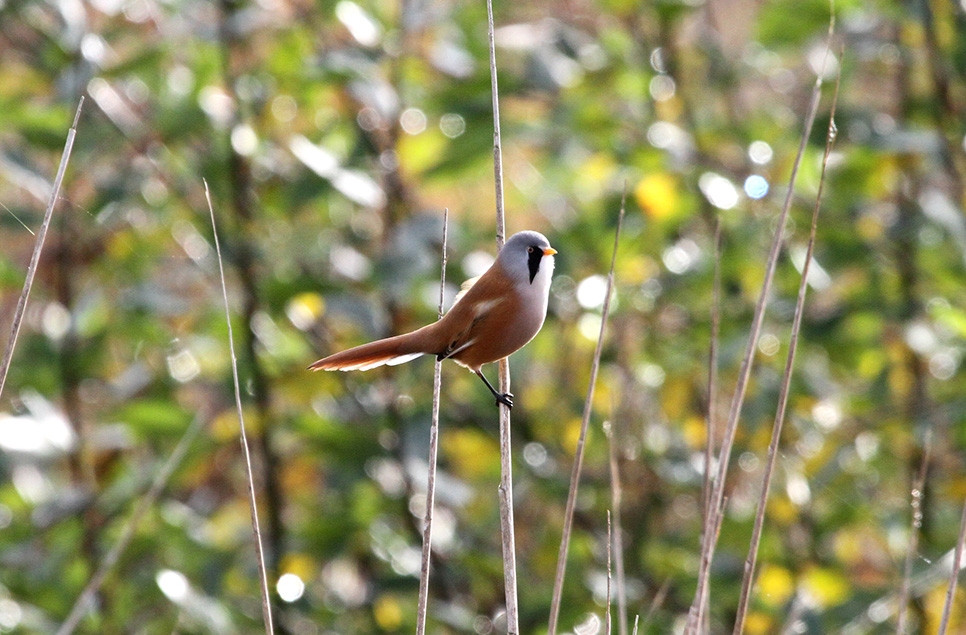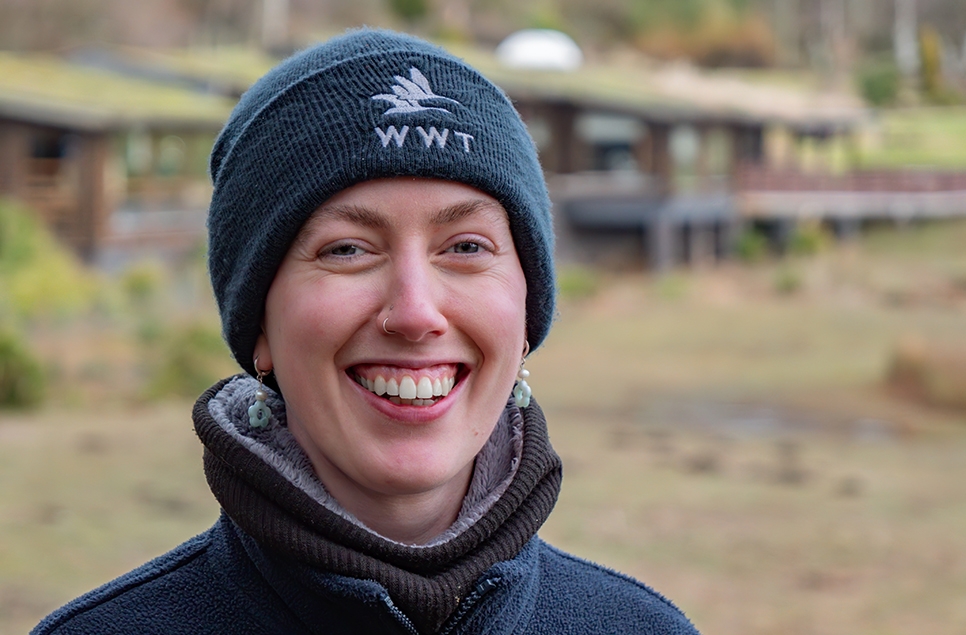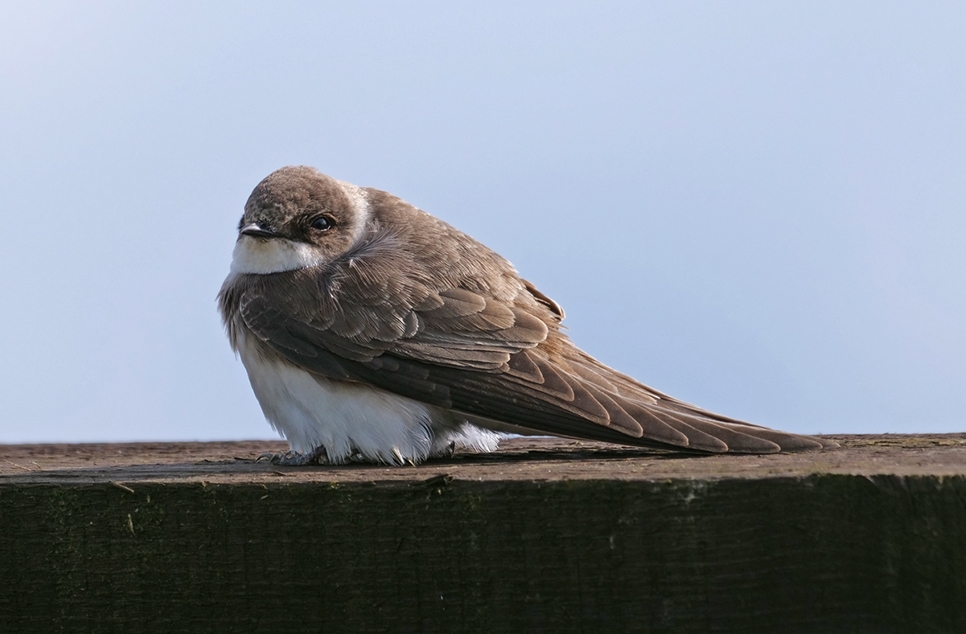Spring photography hints and tips
Enjoy some top tips when it comes to photographing wildlife at Washington Wetland Centre thanks to our own volunteer photographer, Ian Henderson
Spring photography hints and tips - by volunteer photographer Ian Henderson
There are some great and often unique photo opportunities around the reserve here at WWT Washington and spring has so much to offer. You don’t need a sophisticated camera to capture great shots of our flora, fauna and landscapes. I have many memorable shots just taken on my mobile phone!
By the time we get to late March the reserve is showing many signs of the start of new life. Daffodils, forget-me-not and primrose are the most obvious but there many others in the wings for April and later.
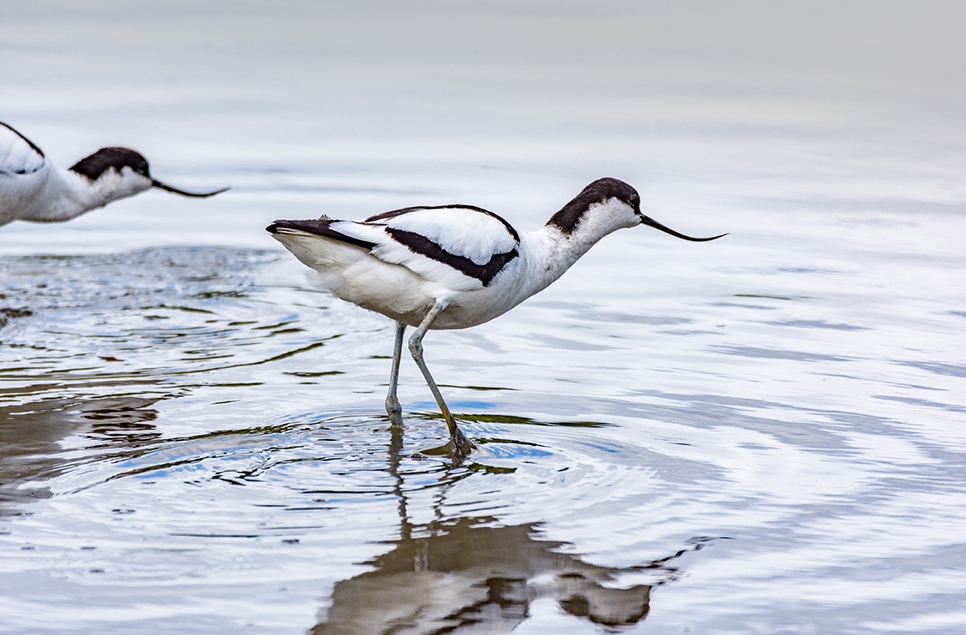
April is the time of year when new life really begins to flourish. Watch out for wild garlic, various orchids in the meadows and bluebells at Spring Gill. Avocet, greylag and canada geese have now arrived and begin their breeding attempts.

Look out for moorhen and coot chicks and mallard ducklings (pictured above) waddling or swimming in a row behind parents. April also welcomes the first heron chicks, poking their somewhat bizarre heads over the edge of their nests. See them high up in Heron Hedge on the far side of Wader Lake (pictured below) from the hides, with Diageo hide being directly opposite. You will need binoculars to see them clearly and a long (500mm +) lens to photograph them in any detail.
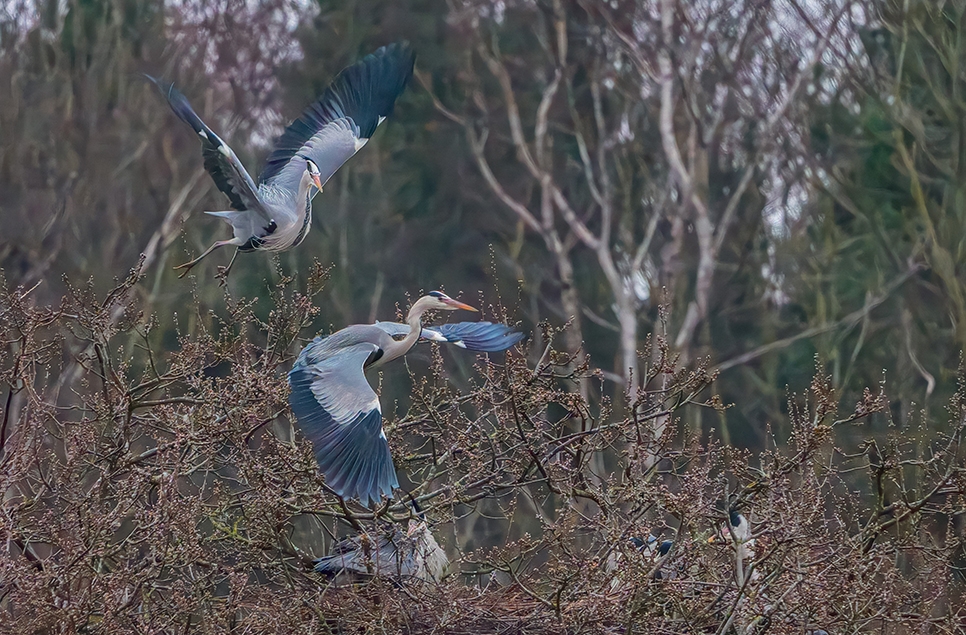
Common terns usually arrive in late April, and alongside avocet and black headed gulls all vie for nesting space on the Wader Lake islands, while Canada geese and greylag geese prefer the grassy areas of the meadows.
All around the reserve kestrel, owls and woodpeckers are all looking for nesting space and begin bringing up their broods - they can be often be spotted in woodland areas.
The question that I'm asked the most often is, “where can I see the kingfishers?”. In my experience, Lagoon View hide on the saline lagoon has given me the most sightings.You may have to be very patient, and sometimes just lucky, but when your luck is in it's a great sight and wonderful photo opportunity. If you want to get reasonable shots of these halcyon beauties, a 500mm equivalent lens is probably the minimum standard to get any detail.
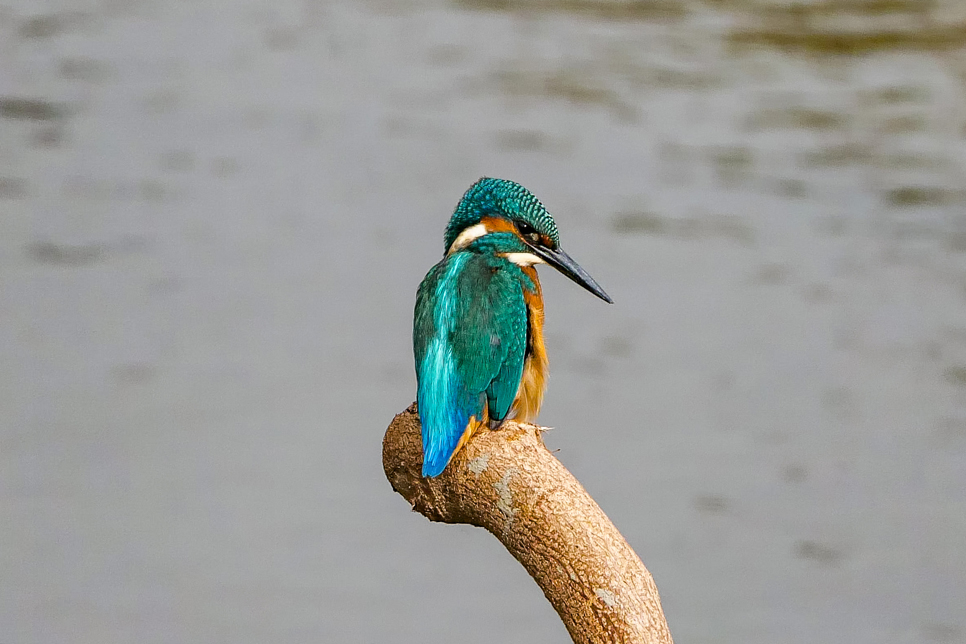
Top location spots at a glance
- Reed bed and reservoir: Waterfowl and dramatic views across the river to Penshaw Monument - warblers are often calling among the reeds and if you're quick you may catch enough of a glimpse for a quick snap.
- Hollowood: Woodland birds, insects and fungi.
- Hawthorn Wood and The Lookout: Woodland birds. Everything from goldcrest to sparrowhawk plus jay, great-spotted woodpeckers, treecreepers, various tit and finch species and a good many more.
- Saline Lagoon hide: Kingfisher, little egret, kestrel, grey heron, curlew and many more wildfowl. Just occasionally you may spot a roe deer, Eurasian otter or fox!
- Wader Lake: Avocet, common tern, sand martins, black-headed gull, greylag and canada geese plus many more regular and sometimes very rare visitors. If you’re lucky you may spot whooper swans, pink-footed geese, a marauding peregrine falcon and many other different species of wader and gull.
- River Wear: Expect a wide variety of birds on the river. Goosander, pintail, little grebe, cormorant and buzzard are on my tick list. If you're lucky, you may spot Eurasian otter or even a seal.
- Spring Gill: Flowers such as bluebell, wood sorrel, primrose and common dogs violet emerge from April onwards.
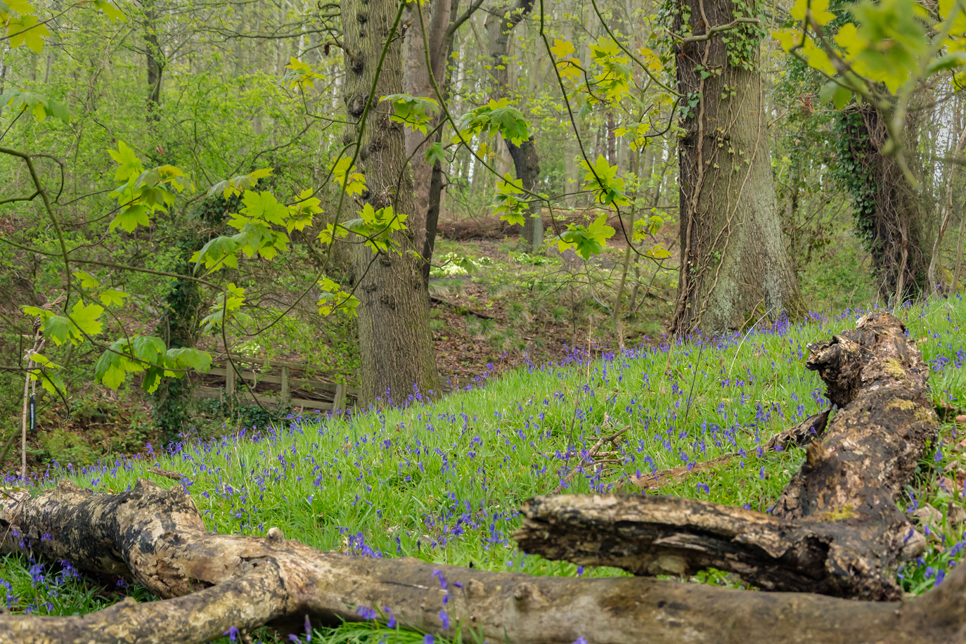
Ian's photography hints and tips
- Many photographers prefer to shoot in aperture priority mode. I find that works for landscape and most macro shots.
- Because of the wide range of subjects that I shoot at WWT, I prefer to use manual mode with Auto ISO. By balancing shutter speed with aperture and leaving ISO to look after itself, I can be sure of decent images in most circumstances. Keeping an eye on the metering, histogram and ISO allows me to trade off one against the other to match the speed of the subject and ambient lighting. If you end up with high ISO grainy shots, most can be cleaned up in post processing.
- For frolicking otters and birds in flight, I very rarely shoot with a shutter speed of less than 1/1000 second. For subjects like common tern, diving kingfishers and lapwing in flight, I often go as high as 1/2000.
- With very fast-moving subjects, it helps to set your aperture as wide as possible. This helps to reduce ISO and also throws most backgrounds nicely out of focus.
- Be conscious of the background when focusing on subjects. Try to avoid clutter or fussy backgrounds by adjusting your position and height where possible. If that’s not possible, go for as wide an aperture as possible to throw the background out of focus.
- For macro shots, I nearly always use the focus stacking function on my Lumix G9. This can be set to take several shots, rapidly, adjusting the point of focus each time. The shots can then be merged in post processing – I use Lightroom – to produce images that are sharp throughout. If your camera doesn’t have that function, you can use manual focus to take several consecutive shots focused from the front to back of the subject. A tripod is a must for this!
Writing and photography by WWT volunteer Ian Henderson
Ready to visit?
If you've been inspired to explore Washington Wetland Centre this spring, find out more and plan your visit online.
Plan your visit